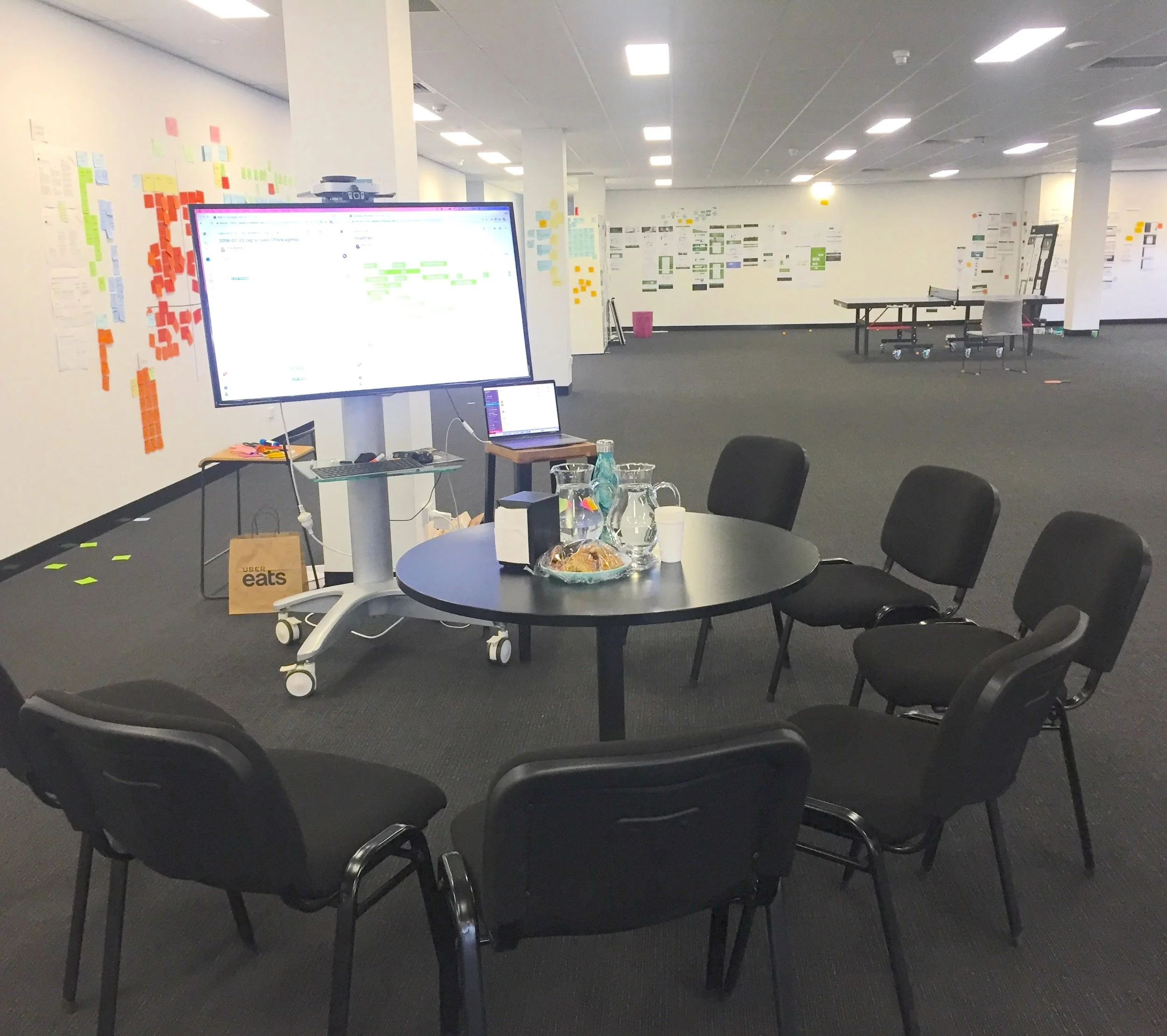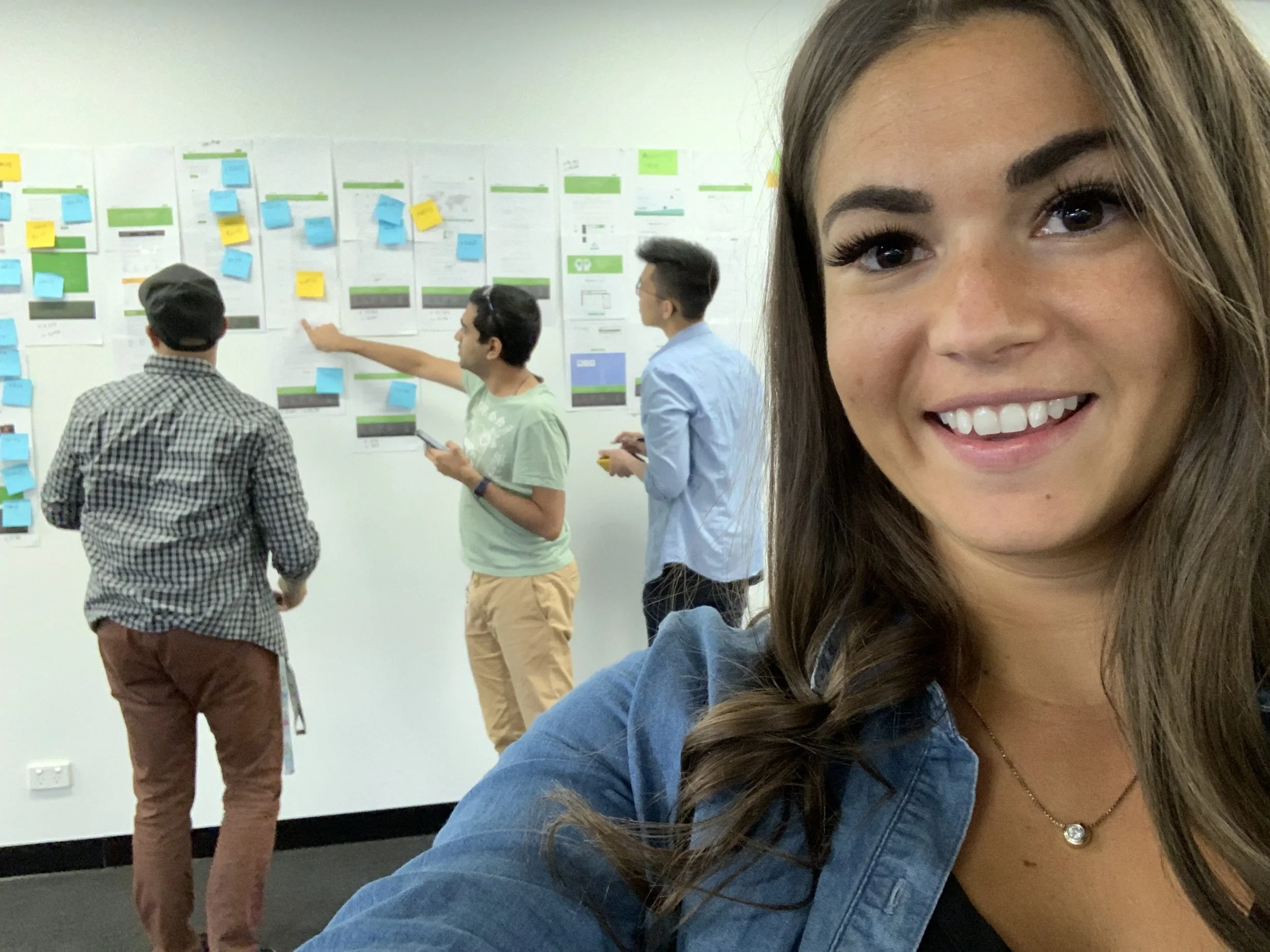Service Design Blueprint
Implementing a Comprehensive Service Design Blueprint at PaperCut
Introduction
In an era where exceptional customer experiences are paramount, organizations must meticulously design and analyze their services. At PaperCut, we embarked on a transformative journey to map our service processes comprehensively, leading to enhanced efficiency and customer satisfaction.
Understanding Service Design and Service Blueprints
Service Design is the practice of planning and organizing a company's resources—people, props, and processes—to improve employee and customer experiences. It ensures that services are user-friendly and relevant to customers, while also being sustainable and efficient for organizations.
A Service Blueprint is a visual tool that maps out the service process in detail, highlighting the relationships between different service components—people, physical or digital evidence, and processes—that are directly tied to touchpoints in a specific customer journey. This diagram helps organizations see the big picture of how a service is implemented and used, identifying potential bottlenecks, gaps, and opportunities for improvement.
The Challenge
PaperCut faced the challenge of ensuring that our rapidly evolving services remained aligned with our commitment to exceptional customer experiences. As our offerings expanded, it became crucial to have a clear understanding of our service processes to maintain efficiency and meet customer expectations.
The Process
To tackle this challenge, I initiated a comprehensive service design blueprint project involving the entire company. The key steps included:
Collaboration with External Experts: We partnered with an experienced service designer to bring in external perspectives and expertise.
Company-Wide Workshops: Facilitated workshops were conducted across all departments to gather insights and foster a shared understanding of our service processes.
Extensive Research: In-depth research was carried out to collect data on current service operations, customer interactions, and internal workflows.
Visual Mapping: Utilizing a 15-meter wall, we created a massive, detailed visual representation of our service processes using sticky notes. This hands-on approach allowed for real-time collaboration and iterative improvements.
Key Outcomes
The service design blueprint project led to several significant outcomes:
Enhanced Process Visibility: The visual mapping provided a clear picture of our service processes, making it easier to identify inefficiencies and areas for improvement.
Improved Cross-Departmental Collaboration: The workshops and collaborative mapping fostered better communication and understanding among different departments.
Customer-Centric Enhancements: Insights gained from the blueprint enabled us to implement changes that directly improved the customer experience.
Lessons Learned
Through this project, we learned the importance of involving the entire organization in service design initiatives. The collaborative approach not only led to more comprehensive insights but also ensured that all team members were aligned with the improvements, fostering a culture of continuous enhancement.
Conclusion
The service design blueprint initiative at PaperCut was a transformative project that underscored the value of detailed service mapping and cross-functional collaboration. By thoroughly understanding and visualizing our service processes, we were able to implement meaningful changes that enhanced both operational efficiency and customer satisfaction.





